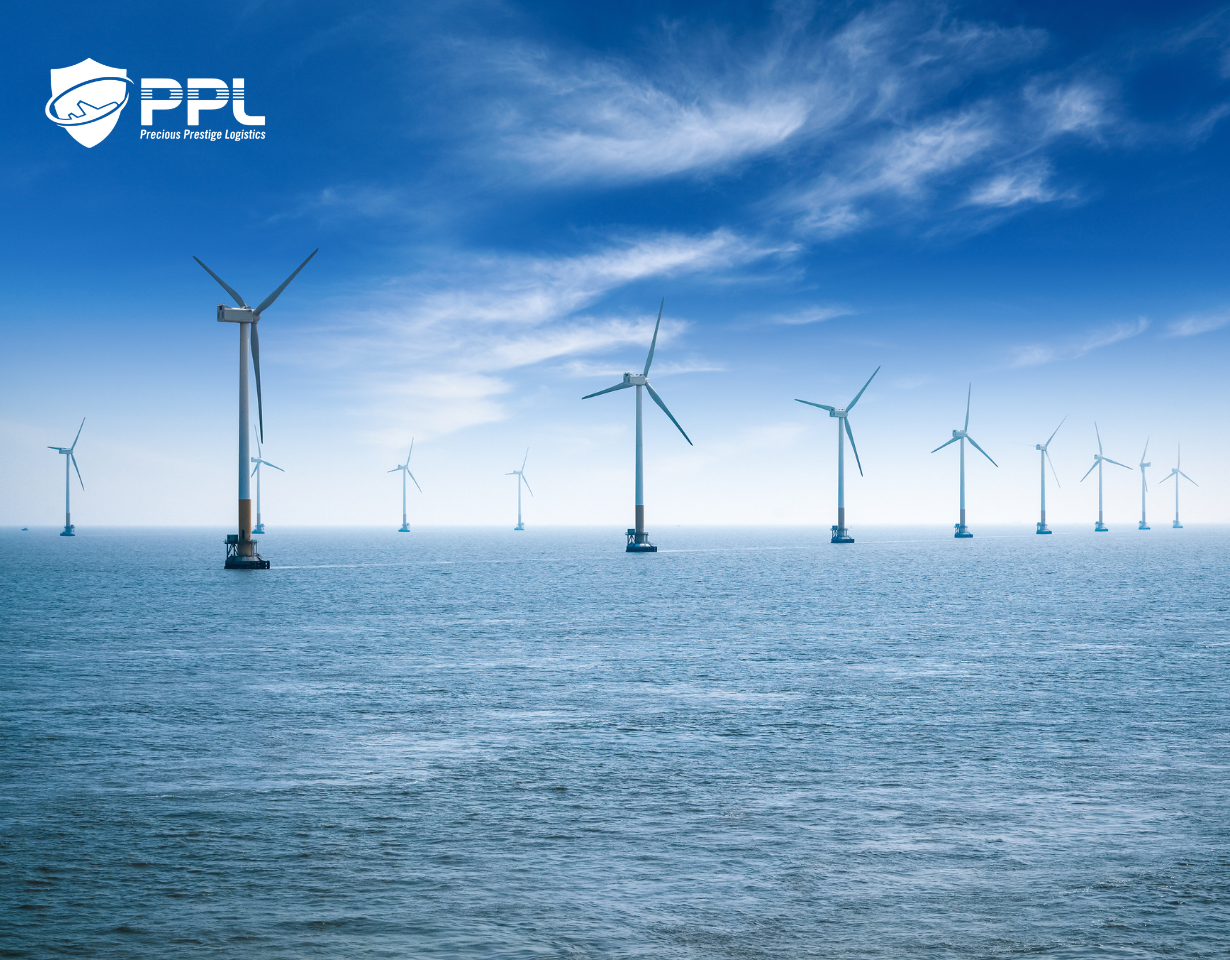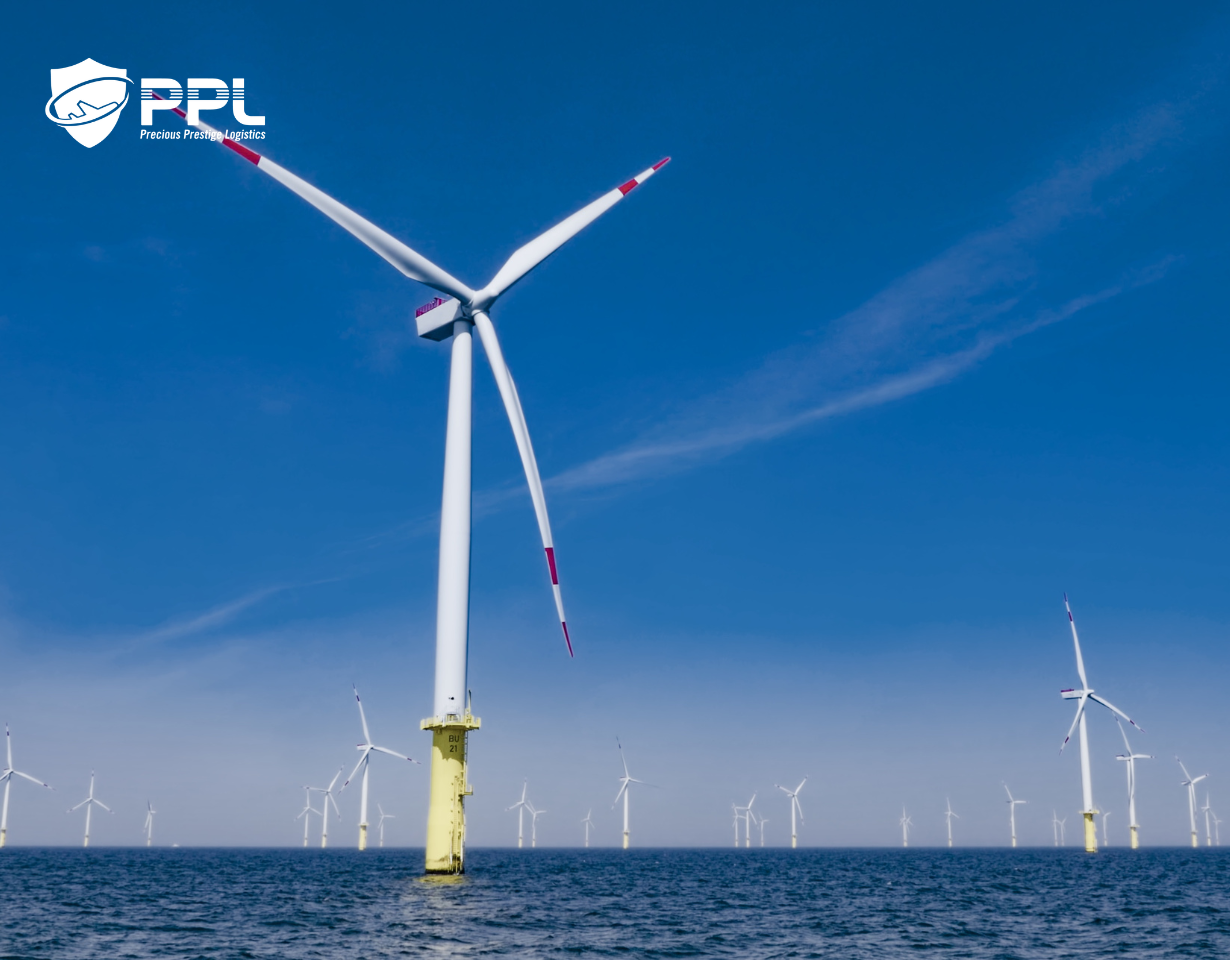Offshore wind power in Vietnam - "gold mine" attracting foreign capital
Corporations from Japan and Europe are making great strides with Vietnam's offshore wind market, taking advantage of the country's policy of promoting renewable energy.
According to Nikkei Asia, strong winds in the southern seas of Vietnam have made it an ideal location for offshore wind power exploitation. With a commitment to eliminate emissions by the middle of the century and a deficit in power generation, this site believes that this is the right time to invest in renewable energy in Vietnam.

From Japanese businesses
In September 2022, Sumitomo Corporation from Japan announced the development of an offshore wind power project. In December, the group carried out a survey to install electric cables under the sea. The group said it will start operating a wind farm with a capacity of 500MW to 1GW by 2030.
And if this plan goes on the right track, Sumitomo will aim for further projects, possibly going to the North of the country. The Group plans to cooperate with domestic enterprises to implement these projects.
In fact, Sumitomo has experience developing wind power in many countries in Europe, including Belgium and the UK. Power plants in Europe - based on investment rates - have a capacity of about 310MW. This number is expected to increase to about 600MW when upcoming projects are implemented.
And Sumitomo is not the only Japanese corporation targeting the Vietnamese wind power market. Renova - a business specializing in renewable energy - has also built a development center here. In April 2022, Renova signed a memorandum of understanding with PVN, bringing with it a plan to develop a floating offshore power plant.
Renova has also been involved in renewable power projects in other countries, including Korea and the Philippines, but their staffing in Vietnam is the largest. Vietnam is "one of the most important places" for renewable energy development, said Kei Saiki, Renova's co-head of global business.
Europe is not out of the game
In the group of businesses from Europe heading to Vietnam, Orsted of Denmark - one of the world's largest companies in offshore wind power - is a prominent name.
Orsted has started looking for projects in Vietnam since 2020 and signed a memorandum of understanding in 2021 with T&T Group (T&T Group) to develop a power plant. T&T Group is also expanding into the renewable energy segment, with solar and wind power plants with a capacity of 1GW.
Orsted will work with T&T to continue developing its projects. This business has taken the first steps, such as organizing workshops to bring together local manufacturers and suppliers of components. The company expects its plants to combine with T&T's power generation plant, to produce a capacity of 2GW by 2030.
Heaven and earth, favorable conditions
The reason foreign businesses target renewable energy in Vietnam comes from the advantage of the wind. According to the World Bank map published, there are areas off the southern coast of Vietnam with wind speeds exceeding 10m/s.
The standard for offshore wind power development is wind power of about 8m/s. In Southeast Asia, places with such strong winds are Vietnam and the Philippines, while in Malaysia and Indonesia, they are usually weaker.

Therefore, “Vietnam is one of the most ideal regions in Asia for wind power”, said Sebastian Hald Buhl, Director of Orsted Group in Vietnam.
According to Nikkei Asia, Vietnam, with a population of about 100 million people, is experiencing a boom in economic growth and is attracting the attention of manufacturers from abroad. Meanwhile, energy facilities do not seem to be keeping up with this growth, leading to the risk of energy shortage in the near future.
At the United Nations Climate Change Summit COP26 to be held in Glasgow in 2021, Prime Minister Pham Minh Chinh announced a target of net zero emissions by 2050.
In the medium and long term, this goal requires alternative energy sources to that coal, which accounts for 50% of total national electricity generation.
In this context, offshore wind power becomes part of the Government's plan. Currently, wind power accounts for about 5% of the total electricity generation capacity of the country, and the plan is to increase to 30% by 2050.
Related Posts
New Posts
- HOLIDAY ANNOUNCEMENT: REUNIFICATION DAY & INTERNATIONAL LABOR DAY (April 30 - May 1, 2025)
- ANNOUNCEMENT OF HUNG KINGS’ COMMEMORATION DAY 2025
- PTSC Thanh Hoa and PPL Sign Strategic Partnership
- INDEPENDENCE DAY HOLIDAY ANNOUCEMENT
- PPL Teambuilding 2024: Uniting Our Strength, Igniting Success!
- Charity Program Warms Hearts Of PPL in Phuoc Hai Town


_cr_380x240.png)




Comments